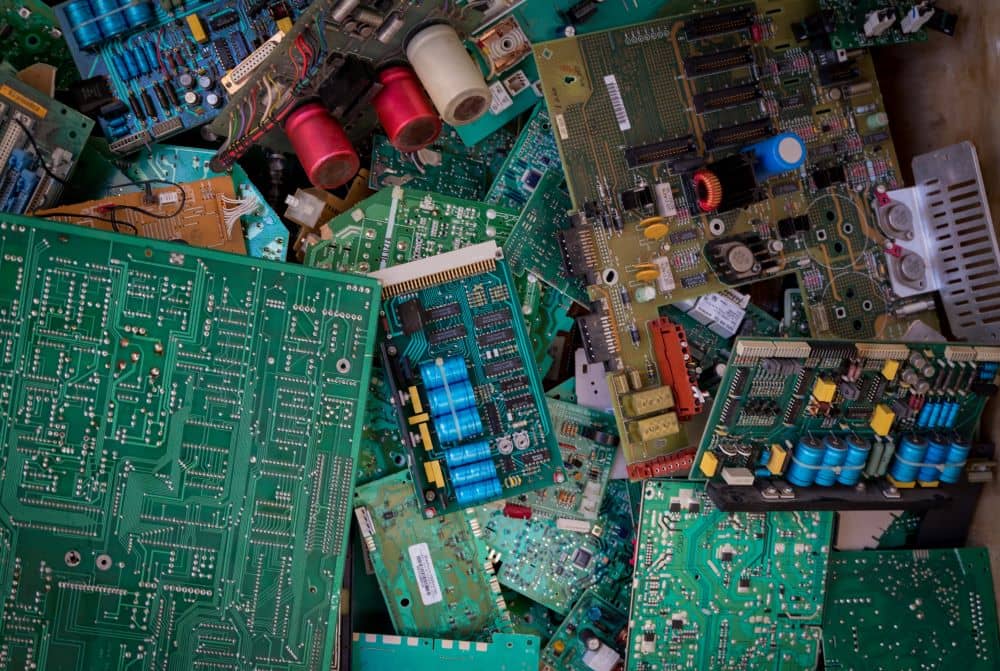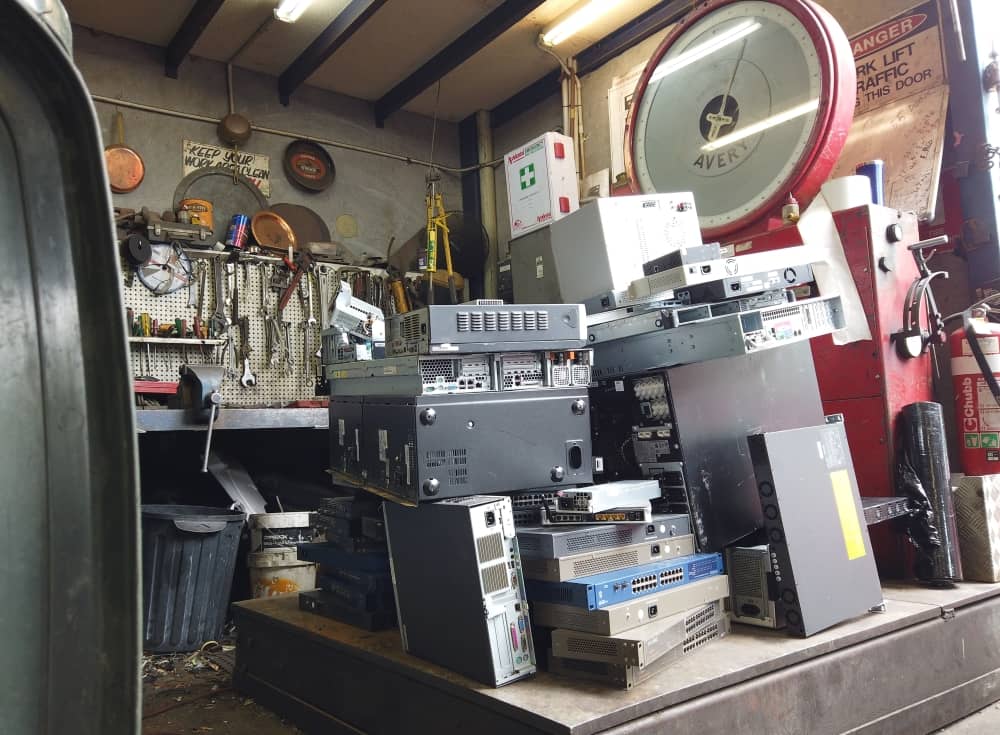Upgrading electronics is so commonplace that we hardly give it a thought. The next generation of smartphones, gaming consoles, and computers rapidly come to us. And we switch to new updated models almost instantly, hardly giving a thought to what happens to the older pieces.
Unfortunately, discarded items end up in landfills. As they break down over time, poisonous chemicals disperse into the ground and contaminate local water supplies. Recent studies found e-waste is responsible for roughly 70 per cent of toxins in our waterways and landfills. Understanding how to recycle e-waste is a vital step in solving the problem.
What is E-Waste?
The ‘E’ in e-waste stands for electronic, and it is an ever-growing problem. All of the unusable, unwanted, or broken electronics that are thrown away are considered e-waste. While recycled e-waste can be used to create other components, only 17.4 per cent of e-waste was recycled in 2019.
Examples of E-Waste
This is a small list of the vast amount of recyclable e-waste:
- Consumer Equipment: Stereo equipment, televisions, electric toothbrushes, sewing machines, lawnmowers and other tools for gardening.
- ICT and Telecommunications Equipment: Video cameras, CDs/DVDs, CPUs, RAM cards, personal computers, PCB boards, telephones, mobile phones, laptops, printers, scanners, and photocopiers.
- Large Household Appliances: White goods such as air conditioners, refrigerators, freezers, washing machines, dishwashers.
- Lighting Equipment: Fluorescent lamps, electronic ballast.
- Medical Equipment: Radiotherapy equipment, scanners, electronic laboratory equipment, ventilators, cardiology equipment, and dialysis equipment.
- Office Equipment: Calculators, photocopying equipment.
- Small Household Appliances: Food processor, juicer, toaster, coffee makers, irons, hairdryers, fryers.
- Toys Leisure and Sports Equipment: Video game consoles, car racing sets, electric trains, computers for sports equipment with electric or electronic components.
Reasons for E-Waste Disposal
- Protecting the environment by keeping hazardous chemicals out of our landfills and ultimately out of our air, ground, and water systems
- It ensures valuable resources are reused rather than discarded
- You can make extra money by selling recyclable e-waste products
What Parts of the Electronics are Recyclable?
E-waste recycling has several components that can be reused in other ways. Around 90 per cent of e-waste can be recycled. Here are a few of the parts of electronic waste that are recyclable.
- Batteries
- Circuit boards
- Glass
- Hard Discs
- Mercury
- Metal- Cobalt, copper, aluminium, gold, silver, tin, platinum, zinc, and Nickle
- Plastic
What Steps are Involved in E-Waste Recycling?
Correctly recycling e-waste is a multi-step process. However, each step is necessary to get the most material out of the electronics being recycled. So gather you’re your e-waste and get ready to recycle.
- Get the electronics to a recycler such as us. Depending on what you need to recycle, you can request a pickup. If you have a small collection of electronics, you can drop them off at the recycling facility.
- The next step is sorting the pieces and shredding them. This step is done manually. However, take care not to shred or crush fluorescent lights, batteries, or toner cartridges by hand.
- Small pieces of recyclable materials go on a conveyor belt for a dust extraction process. To remove the dust, the conveyor belt shakes lightly. The dust is disposed of in an eco-friendly manner after the process is complete.
- Metals like steel and iron go under a huge magnet for separation.
- A water separator sorts the glass from the plastic materials.
- Now the materials are ready for sale and reuse, the process is known as recovery.
What Happens to the Recycled Materials?
After recovery, the shredded and sorted e-waste will be sold to manufacturers and other companies. The companies will reuse the materials to make numerous products, such as:
- Refurbished Devices – Many discarded devices have valuable parts that can help build refurbished devices. The reuse of materials is more than just a good idea. At the rate consumers buy and discard electronic devices, the earth will eventually run out of the necessary minerals and metals to produce more electronic devices. Reclaiming these elements from e-waste is the only way to meet the demand for newer and better electronic devices.
- Jewellery – The reclaimed gold and silver from old computer parts are ideal for making rings, necklaces, charms, bracelets, and earrings.
- New Appliances – Reclaimed materials can be melted and made into numerous household appliances, including large and small appliances, TVs, floor scrubbers, and more.
- Wiring – There is always a high demand for wire because it is so universally needed. Hard metals such as zinc and copper recycle well and are useful in nearly every gadget and appliance. Reusing these metals means that if a metal is reclaimed, there is no need to use energy to find more.
- Furniture and Outdoor Goods – Many playgrounds and outdoor seating come from recycled plastic, as does equipment for schools and offices and furniture
- Products Used Daily – The list of everyday products made with recycled materials is monumental. Audio equipment, car parts, toothbrushes, pet care items, there is an almost endless number of products used regularly made from recycled materials.
As we use and dispose of more electronic devices, correct e-waste disposal will eventually be compulsory. Understanding the best ways to recycle e-waste is vital. If you want to know more about e-waste recycling or any other types, do not hesitate to get in touch with us at Collins Recycling.









